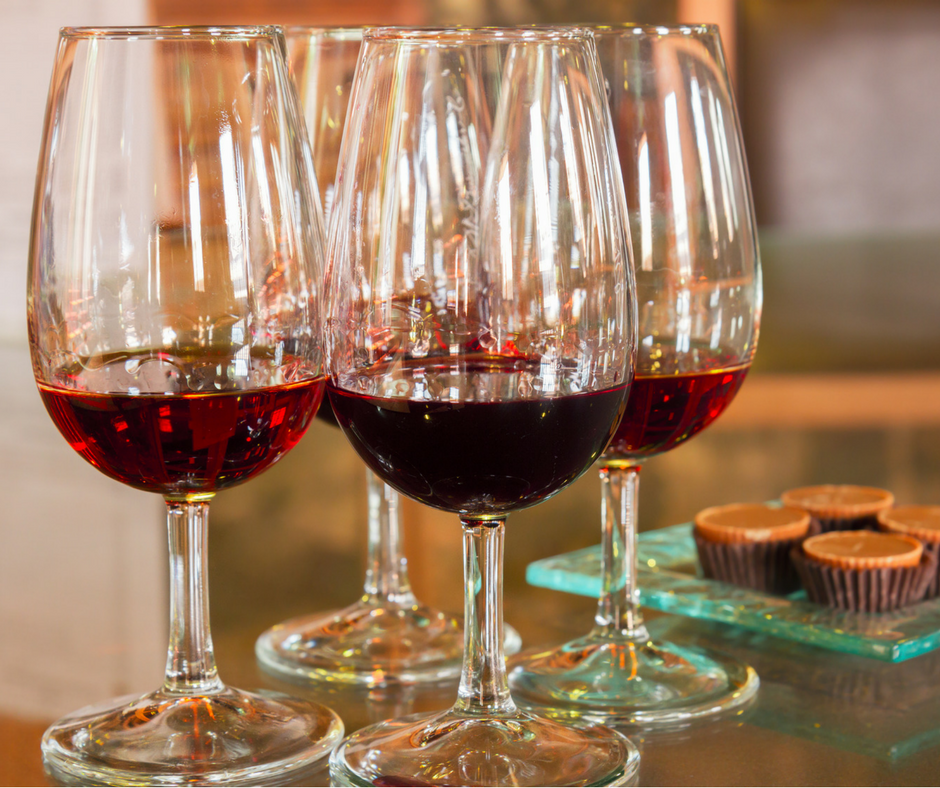Perhaps no quality of your wine is as important as the aromatic influence it projects. An off "nose" will turn even the most dedicated wine enthusiast away. Hydrogen sulfide is a condition that develops in your wine making process that is easily preventable, and can prove difficult to eliminate. If your wine has had the unpleasant aroma of rotten eggs, then you have had a hydrogen sulfide issue. There are as many as 4 sulfur compounds that can be found in wine, lets look at the 2 most common. Sulfur dioxide SO2, and Hydrogen Sulfide H2S.
Sulfur dioxide is an antioxidant, antimicrobial preservative commonly added in the production of wine. It does many good things including stabilizing color, preventing oxidation and eliminating undesirable microbes from our wine. Many myths about the effects of sulfite in wines exist, but lets just say that there is no such thing as sulfite free wine, as yeast produce S02 during fermentation. Too much S02 will result in a burnt match influence in the taste or aroma of your wine. Always add SO2 based on the pH of your wine for proper results. Check our blog for the proper SO2 concentrations at various pH levels.
The second compound is the Hydrogen Sulfide or H2S. Sensory thresholds for H2S can be as low as 1 part per billion. Think about that for a moment, that's almost ridiculous. The good news is that in low concentrations H2S can benefit your wines aroma and flavor. However, in heavier concentrations it is the most undesirable influence I know of. Lets look at the causes and preventive measure we can employ.
Proper nutrition management is vital in the prevention of excessive amounts of H2S. The proper use of a good yeast nutrient like Fermaid K will ensure your yeast are well feed and healthy during the various stages of fermentation. Musts or juices that lack the proper nutrient levels will leave your yeast with "indigestion" and they could produce undesirable sulfur compounds like H2S.
Another cause can be extend contact with lees in your storage vessels during ageing. While a technique known as Sur Lie is a common wine making practice in the commercial industry, most home winemakers don't have the lab access to ensure microbes are in check during this process.Because of this, I feel that the risk far outweighs any gains to be realized by extended contact with lees, so rack your wines and keep sediments in check.
Here are a few other tips that can prevent H2S from rearing it's ugly side in your wines:
-Proper and timely additions of yeast nutrients
-Be sure and use a good quality yeast rehydration nutrient like Go Ferm. This will ensure a healthy biomass for proper fermentation right from the start
-Adding a fermentation nutrient to your juice will ensure that proper nutrition is available to your yeast while it is working to ferment your juice or must. Fermaid K is an excellent choice
Understanding the yeast you are using. Every strain of yeast has different parameters. Temperature, and nutrition requirements are factors in your yeasts ability to ferment effectively. Get familiar with the needs of the yeast strain your using. Scott Labs (www.scottlabs.com) has good information.
Clean and Sanitize!
Do not confuse these two separate tasks in your wine making. Cleaning requires a good non chlorine- oxygen based product. B Brite is a good choice and makes no foam or suds that require excessive rinsing. Sanitizing requires an additional step. A 100pm solution is a gallon of water is sufficient for sanitizing everything and anything that comes in contact with your wine. Grain spirits in a spray bottle will give you added protection, effectively coat your equipment by spraying it down before it comes into contact with your grapes or juice. Do not rinse.
Employ these fundamental steps and you'll greatly reduce any chances that will require you to have to treat any of your wines for excess Hydrogen Sulfide.
Cheers!






